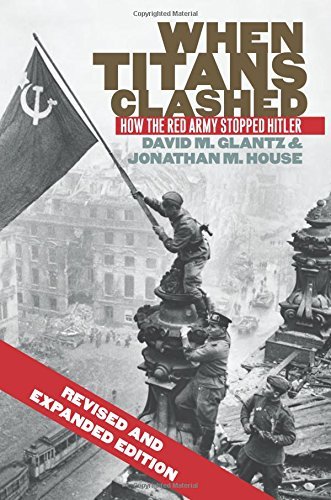What do you think?
Rate this book


568 pages, Paperback
First published January 1, 1995

On the 50th anniversary of the Normandy Invasion of 1944, a U.S. news magazine featured a cover photo of General Dwight D. Eisenhower, who was labelled the man who defeated Hitler. If any one man deserved that label, it was not Eisenhower, but Zhukov, Vasilevsky, or possibly Stalin himself. More generally, the Red Army and the Soviet citizenry of many nationalities bore the lion’s share of the struggle against Germany from 1941 to 1945 …
From June through December 1941, only Britain shared with the Soviet Union the trials of war against the Germans. Over three million German troops fought in the East, while less than a million fought elsewhere, attended to occupied Europe, or rested in the homeland. From December 1941 through November 1942, while over nine million troops on both sides struggled in the East … [only in North Africa did a small contingent of British forces engage Rommel and the Italians.] …